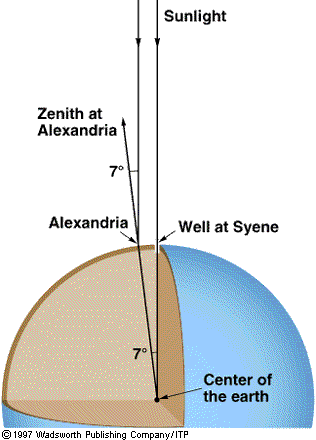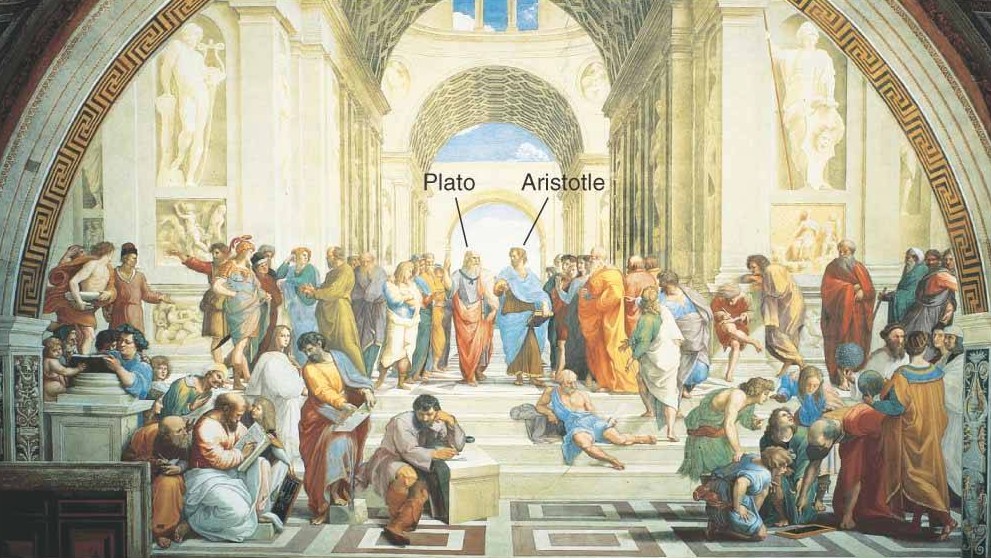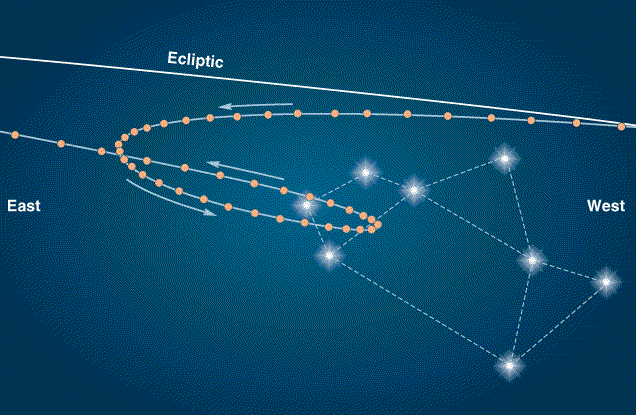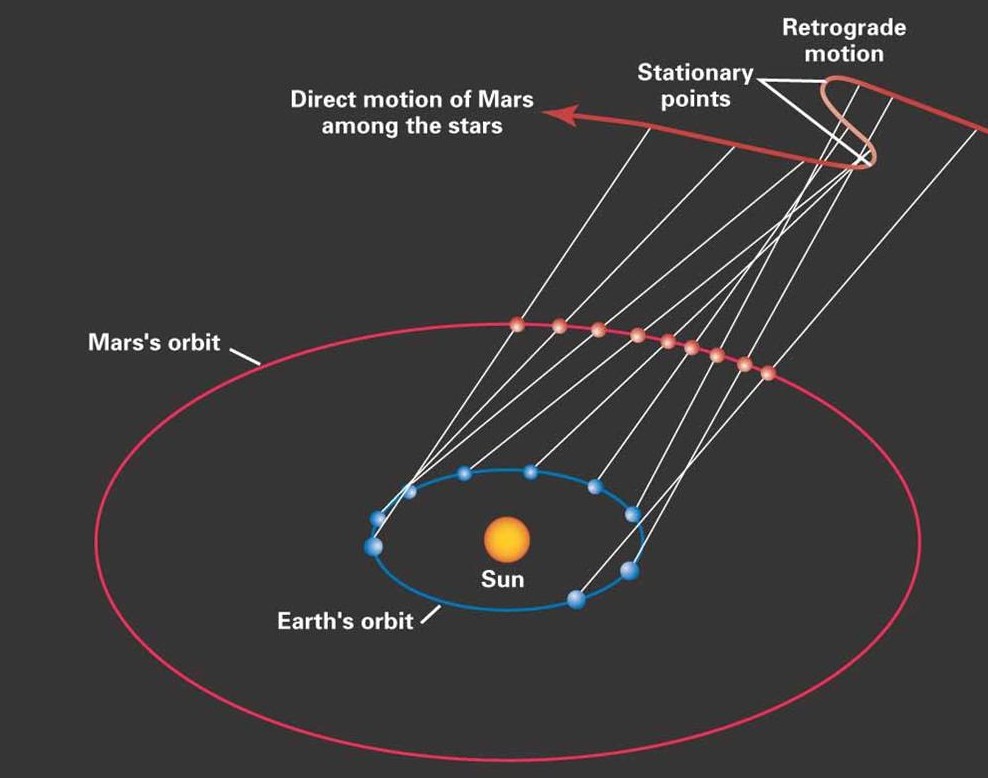
Ancient Astronomy
Erastothenes (200 BC)
Greek astronomer and mathematician
First to measure the Earth's
diameter

Plato (400 BC)
The Earth was imperfect
and changeable
The heavens were perfect
and immutable
Aristotle (350 BC)
Universe consists of a
perfect celestial sphere
rotating around a fixed Earth
at the center of the Universe

Aristarchus from Samos (250 BC)
Theorized the "radical" view that the Earth
and all the Planets
revolve around the Sun:
The Heliocentric model.
The
model was not
accepted because it
contradicted the "Great"
Aristotle and predicted
parallax; the change
in the position of the
stars as the Earth moves.
Note that Aristarchus
also said that stellar
parallax will not be
observed because the stars
were very far away. A man
17 centuries ahead
of his time!
Ptolemy (140 AD)
Adopted Aristotle's Geocentric(or
earth-centered)
model. All heavenly
bodies move in uniform circular
motion around the Earth.
However, ... planets do not
move in simple circular
orbits around the Earth; they
show: Retrograde Motion

For almost 1,500 years all of Astronomy was summarized in
Ptolemy's book
known now as Almagest
(Greatest).

Modern Astronomy: Copernicus
(1500)

Adopted (Aristarchus) Heliocentric model: The
Sun,
not the Earth, is at the
center of the Universe. The model
gain support because it
was beautiful and elegant in its
explanation of retrograde
motion. The model was not
totally correct, as it
predicted that the planets will move in
circular orbits around
the Sun. The fine-tuning of the
model, and the birth of
Modern Astronomy, came with:
Tycho, Kepler, Galileo, and Newton.

Galileo's observation that the apparent size of Venus changes for different
phases provided strong evidence in support of the heliocentric system. If
Venus orbited the Earth as Aristotle believed, it would always appear
of the same size, just as the Moon does.
